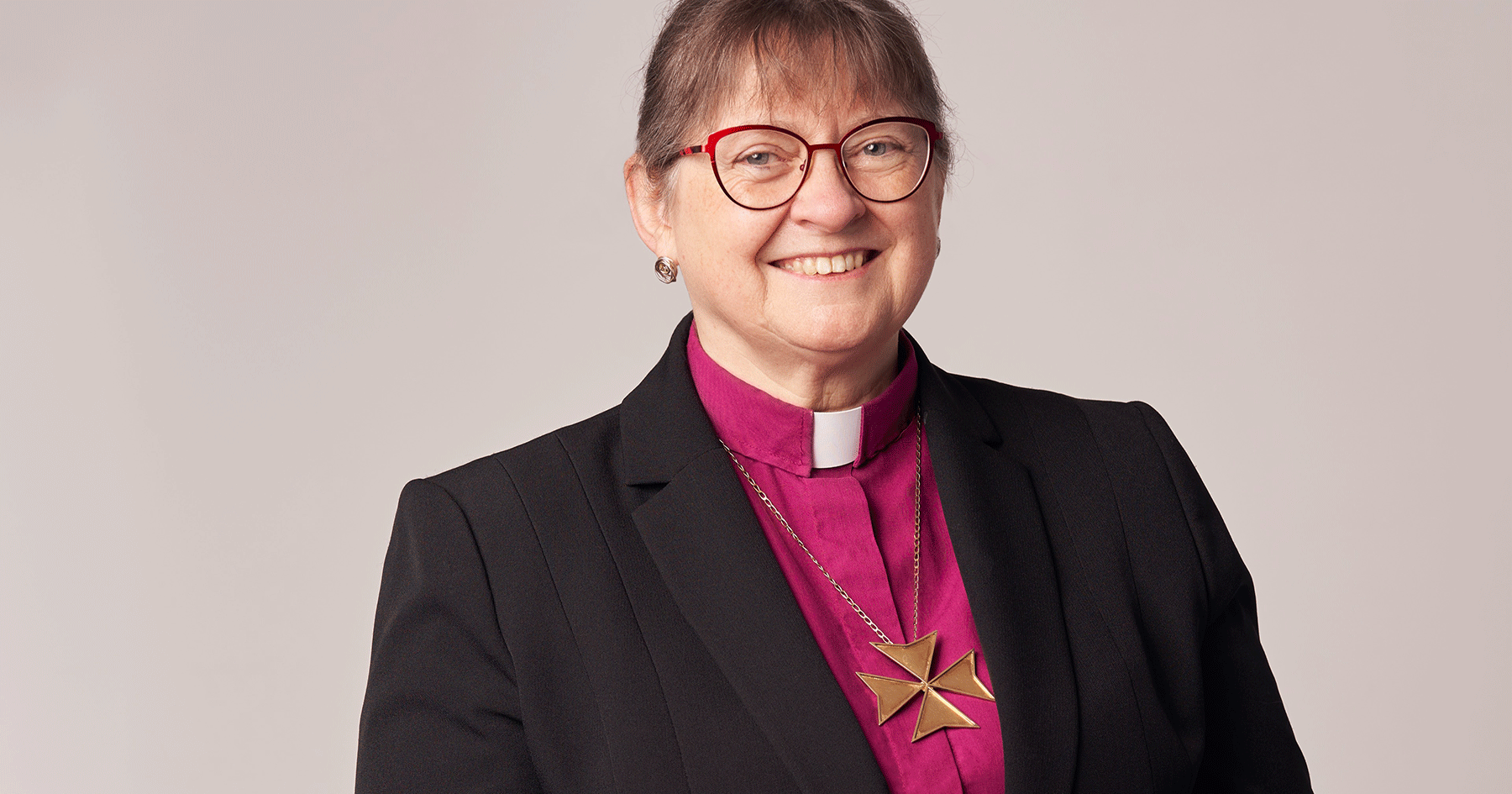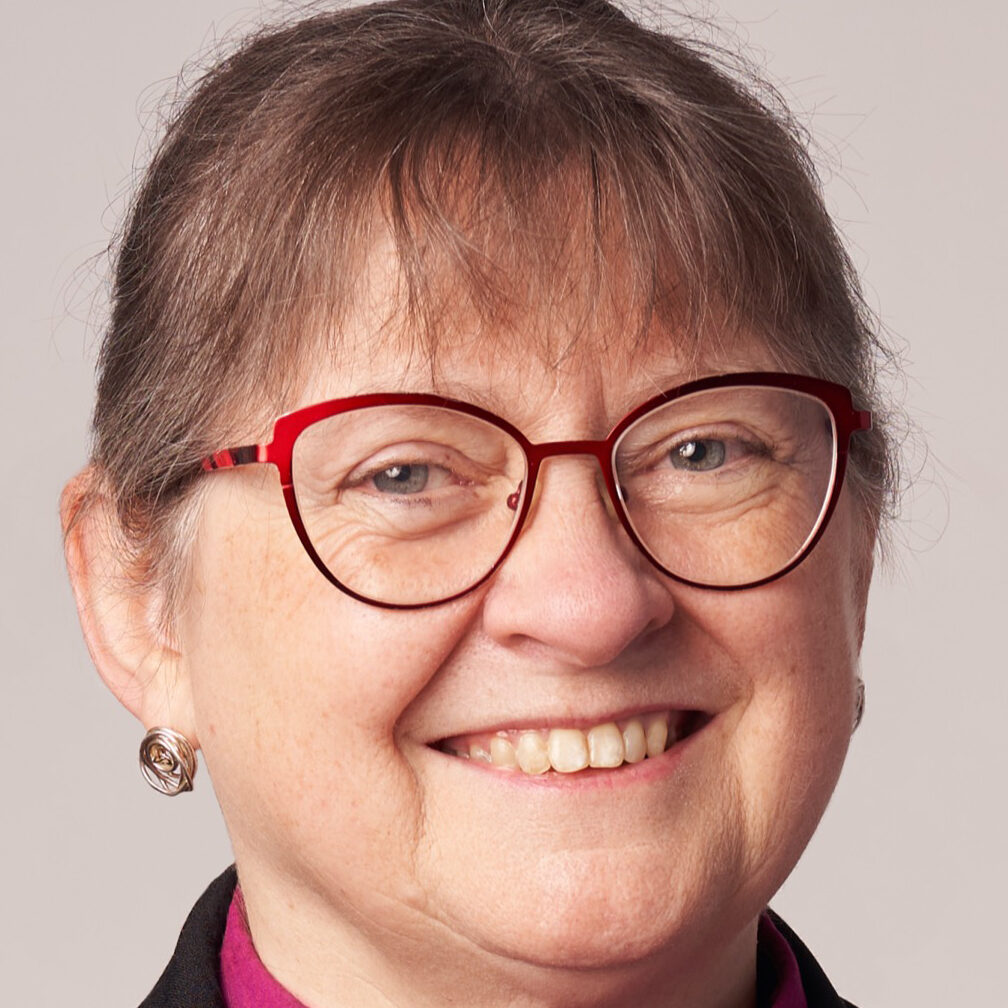Easter Message
John 20: 11-18 But Mary stood weeping outside the tomb. As she wept, she bent over to look[a] into the tomb, 12 and she saw two angels in white sitting where the body of Jesus had been lying, one at the head and the other at the feet. 13 They said to her, “Woman, why are you weeping?” She said to them, “They have taken away my Lord, and I do not know where they have laid him.” 14 When she had said this, she turned around and saw Jesus standing there, but she did not know that it was Jesus. 15 Jesus said to her, “Woman, why are you weeping? Whom are you looking for?” Supposing him to be the gardener, she said to him, “Sir,[b] if you have carried him away, tell me where you have laid him, and I will take him away.” 16 Jesus said to her, “Mary!” She turned and said to him in Hebrew,[c] “Rabbouni!” (which means Teacher). 17 Jesus said to her, “Do not touch me, because I have not yet ascended to the Father. But go to my brothers and say to them, ‘I am ascending to my Father and your Father, to my God and your God.’ ” 18 Mary Magdalene went and announced to the disciples, “I have seen the Lord,” and she told them that he had said these things to her.
Dear People of Kootenay,
May you be full of joy as we celebrate the resurrection of Jesus. In the midst of all the madness and trauma of the world, in the anxious fears that surround us, we dare to proclaim that with God, death and devastation do not have the final word. Jesus is Risen!
One of the crucial effects of the resurrection in the Gospel of John that has deep implications for the life of our church today, is what Jesus teaches Mary Magdalene in his first resurrection appearance (John 20:11-18).
It is a glorious story that yields yet more fullness for me every Easter. Mary Magdalene goes early in the morning to discover the tomb is open and Jesus’ body gone: the body she had come to anoint. “They have taken the Lord…and we do not know where they have laid him.” She is bewildered and shocked, so shocked she doesn’t seem to register that there are angels in the empty tomb. She just repeats the same statement over again, typical of people who are overcome by grief. She is obsessed with the question: Where is Jesus? She stands outside the tomb weeping. When Jesus appears she doesn’t see who he is, but turns to him to ask again about the location of the body of Jesus. Where have they laid him? We all wait for the delicious irony and tenderness of this moment: When Jesus says her name, she recognizes him. She reaches out to touch him, the beloved body of her friend, the body she has been seeking. But Jesus says to her “do not hold onto me.” Jesus points her instead to her fellow disciples. What Jesus teaches her in this moment is the profound truth that John, the Gospel writer, knows from experience years beyond the resurrection. The presence of Jesus is no longer to be found in his resurrected physical body, but in the gathered community of Jesus’ followers. The community of the Gospel writer calls it “The Beloved Community.”
Through the centuries, Christians have experienced Jesus present with us when we gather in his name: that the love of God people experience in Jesus is in our midst now.
Look around you when you worship; these people you care about and who care about you embody the Love of Jesus by feeding the hungry, visiting the sick, supporting each other through the traumas and hardships of life. Love incarnate. Your beloved community.
Where is Jesus? Jesus is alive and in our midst.
May all of our beloved communities be filled with joy that spills out in love to the world.
Yours in Christ,
+Lynne
For further reading I would recommend:
Written That You May Believe:
Encountering Jesus in the Fourth Gospel
by Sandra M. Schneiders
Dwelling in the Household of God: Johannine Ecclesiology and Spirituality by Mary Coloe


